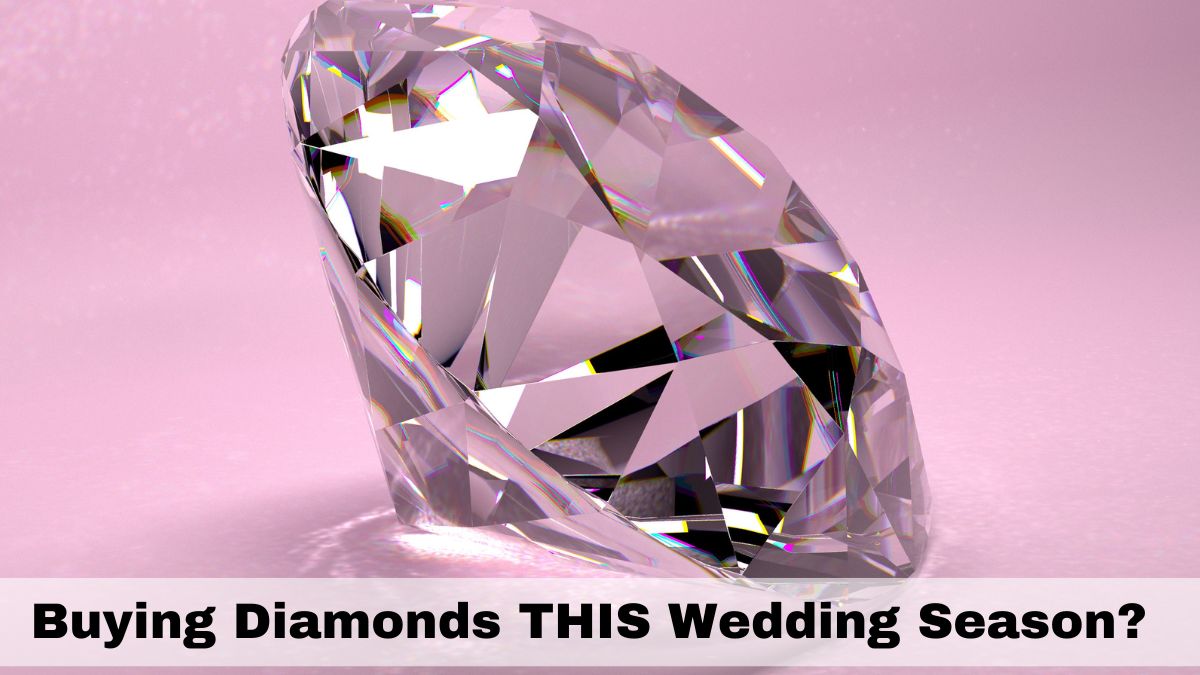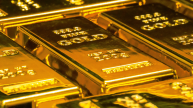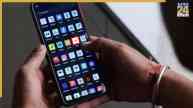Buying Diamonds: We are all aware of how the wedding season brings the nation together on a shopping spree. People buy gold, silver, and diamonds. While everyone knows how to test and check the purity of gold and silver, many are unaware of the guidelines to check the authenticity of diamonds. The public has major confusion about distinguishing a genuine natural diamond from a lab-grown diamond.
The Central Consumer Protection Authority (CCPA) is going to release a framework including measures, explicit labeling, and certificates for all diamonds. The CCPA released a statement with all the information on Tuesday. This move also emphasizes giving proper terminology to diamonds and urges sellers not to mark lab-grown diamonds as natural diamonds. It also asked for ethical marketing practices and proper terminology to ensure customer protection.
The CCPA organized a stakeholder consultation to discuss extensive measures in the diamond sector. The conference was chaired by Nidhi Khare, Chief Commissioner, CCPA. “The meeting addressed critical concerns regarding the lack of standardised terminology and inadequate disclosure practices in the diamond sector,” stated an official release. “These gaps have resulted in consumer confusion and misleading practices, especially concerning the differentiation between natural diamonds and lab-grown diamonds,” it added.
“The consultation was a significant step toward building a transparent and consumer-centric diamond market. The CCPA will soon release a robust framework to ensure transparency, accountability, and consumer protection across the diamond industry,” the statement added.
---Advertisement---
A Comprehensive Set Of Quidelines Was Also Proposed For The Sector With These Suggestion:
- Explicit labelling
- certification of all diamonds,
- specifying their origin and production method
- Prohibition of terms like “natural” or “genuine” for lab-grown products, as they can be misleading.
Buying Diamonds: Ready to Discover the Truth?
Here are the Simple Steps to Test the Purity of Your Diamond–
Fog Test: The easiest way to test the authenticity of a diamond is to perform a fog test. To conduct this test, hold the diamond in front of your mouth and breathe on it. The real catch is that if the diamond remains foggy for a few seconds, it might be a fake.
UV Light Test: Another simple way to determine the purity of a diamond is by exposing it to UV light. The reaction of the stone will be your clue. The most common and genuine reaction of a diamond to UV light is emitting a blue glow. However, not all diamonds may show this reaction.
Heat Test: A real diamond is likely to break if you heat it and then drop it into a cold glass of water. While this can be dangerous, it will instantly reveal the authenticity of the stone.
Water Test: In a glass full of water, a real diamond is likely to sink, while a fake one will float.
Loupe Test: Loupe tests are usually conducted by professionals, where they use a magnifying glass called a loupe to closely examine the diamond for flaws and imperfections.
Clarity: A diamond’s clarity refers to its purity, determined by the presence of natural internal characteristics. The highest clarity grade, FL (Flawless), indicates a diamond with no inclusions or blemishes visible under magnification.
How Can I Check Diamond Quality?
Diamond experts rely on the grading system created by GIA in the 1950s, which introduced four key factors to evaluate and classify diamonds: Clarity, Color, Cut, and Carat Weight.
(Also Read: Women In India Experience Job Growth And Pay Hikes In Last 6 Years, Says Centre – Check Other Details)













